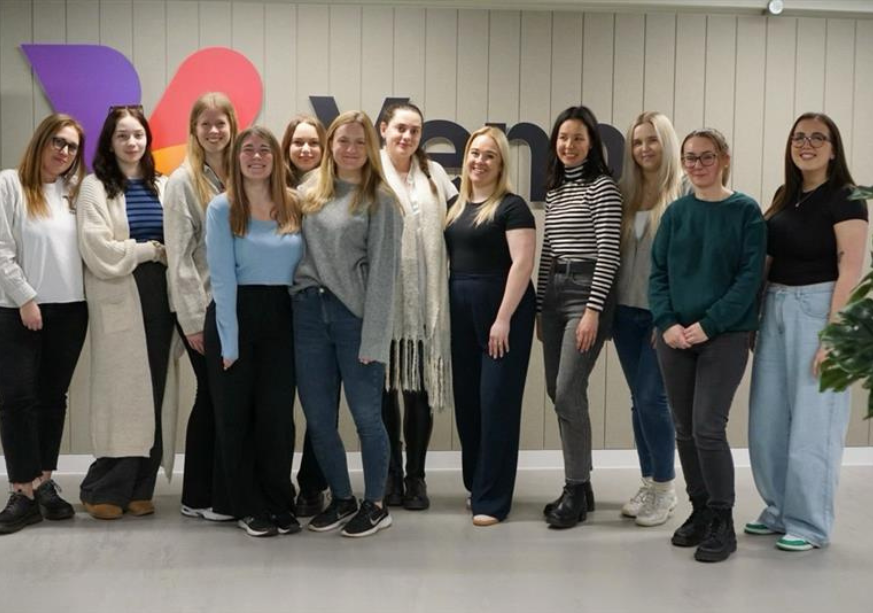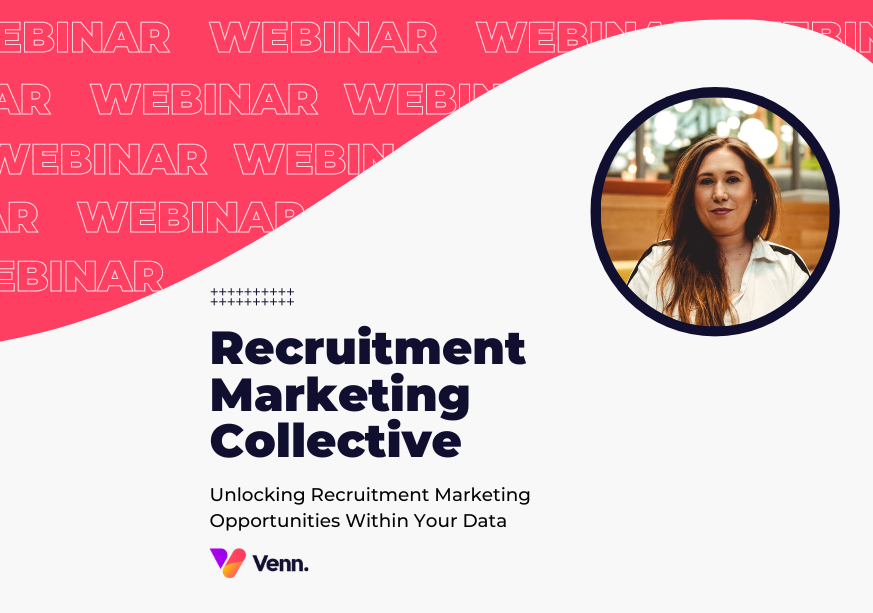
Winning a new visitor’s trust is always the first objective. Without their belief, it doesn’t matter how good you are. They’ll never take the leap and find this out.
Earning this confidence isn’t simple. Until you prove otherwise you are just another brand, just another option at their disposal.
No matter how hard you hit, brute force won’t even dent this barricade. However, there are ways to open it up.
Through supporting trust elements and unspoken positioning you can begin to build a relationship, whether you have people to back you up or you don’t.
When You Have Back Up
I’ve touched on the importance of trust elements in a previous post about conversion woes. In it, I discussed how case studies, testimonials and social proof should all be used to reinforce your pitch, but I didn’t mention why or how they work.
Well, it turns out that people are a bit…weird. We don’t always have as much control over our decisions as we’d like to believe. We’re irrational and easily led. The bad news is that companies are using this to manipulate you, and have been for years. The good news is that you can do this to your visitors too.
Use your numbers
Your most powerful device is the people you’ve already won over. If you have an impressive amount of customers or an avid following on social media, displaying these numbers across your site will aid the process of adding more to either category.
On a landing page, this is best achieved by incorporating varieties of social proof and customer counters. This works as it appeals to the human trait, or cognitive bias, known as the bandwagon effect. If a visitor sees a large number of people are already using or engaging with you, they're more likely to believe in you themselves.
The same feeling can be replicated by using ‘as seen in/on’ sections that list renowned publications/channels where you’ve been featured, but this usually holds less weight than the support of their peers. In fact, it’s so influential that seeing a large number of people already trust your brand is all the convincing some people need.
Feature happy customers
As trust elements go, you’ll be hard pressed to find anything more effective than testimonials. It’s only natural to be more open to a product or service once you’ve heard something positive about it. If this comes from a likeminded soul who shares the same frustrations, it can put our inherent irrationality into overdrive.
When met with testimonials and case studies, visitors will often compare them with or project them on to their own situation – “If it helped their business, it will probably help mine.” One powerful testimonial can win over the most cynical of readers, especially if the person also shows their face.
That’s not to say you should only stick with one. The more people you can get singing about your work and how it’s helped solve their problem, the better. This amount of positive information will cross over into the territory of an availability cascade, another one of those cognitive biases. This refers to the unavoidable mental tendency where the more a person sees or hears something, the more authentic it becomes. “If all these people saw results, it would work for me too!’”
Everything in its right place
The structure and presentation of your pages are just as important the detail itself. It’s more or less common sense, but trust elements can be more effective if they are placed in the right spots.
Have I already mentioned that we’re all a bit strange? Well, we’re clingy too. We tend to latch on to the first and last bits of detail we come across. To invite our cognitive bias friends back into the room for a second, these are formally known as anchoring and recency. Starting/Finishing strong should be nothing new, but this knowledge should influence how you lay out your landing pages.
Pick out potential exit points and limit any resistance by including testimonials or social proof in close proximity. More often than not these will include your opening and call to action, anywhere where even the slightest doubt could lead to a visitor straying off your path. Once you’ve delivered your message, there’s little more you can do other than being aware of these innate irrationalities and using them to your benefit.
When You Don’t
If you can’t call on any of the above factors, you’re missing out on genuine persuasion techniques. While you should look to add these as soon as possible, there are approaches you can take in the meantime that consist of more than just saying how honest and transparent you are.
Risk removal
If you can offer guarantees, you should. People love a sure thing and using this kind of language can even cut straight through the need to earn trust, but don’t take their faith lightly. If you use words like ‘promise’ and ‘guarantee’, your customers will hold you to it.
We’re drawn to the idea of risk-free decisions, but we’re also wary of empty promises. Your guarantee could be made with the best of intentions, but if a visitor sees nothing to back a claim up, you’re more likely to be met with doubt than trust.
You can combat this by being open about your process and talking through the way you do things. If you do, you’ll take away a chunk of uncertainty and a host of unnecessary questions. This also removes most surprises and can make a new service or product much simpler to digest. With full disclosure of your methods, whether on a dedicated page or throughout your site, you can reassure visitors and confirm that you both know what you’re getting into.
Share your mutual ground
Another human quirk to consider is confirmation bias. In short, if you support or confirm somebody’s belief, they’re more likely to pay attention to you.
If you share values with a visitor, you’re more likely to win them over. While good About Us and Our Values pages can contribute to this, it needs to be backed up in all your language and messaging. It’s no use just saying something is central to how you work, you have to show it too.
As this affect transfers not only across what you say, but how you say it, your tone of voice is integral to persuading people that you are what you say you are. This can sound soft, but if you don’t follow up on your values, how can a visitor trust you to follow up on your offer? Through solid values and tone of voice, you can hook into your audience by showing you not only share their interests, you share their beliefs.
Get emotional
If you’re offering a solution to a problem, the context of your delivery should be a major factor. Ideally, you’d get to people while they are in the problem you can solve, but the opportunity to do this is pretty rare.
It’s not as simple as answering ‘how do I…?’ style search enquiries and having well targeted paid ads – the majority of people aren’t searching for the answer while experiencing the problem, but afterwards. Instead, you need to play on your visitors’ emotions. While this can be an effective approach, it’s also a sensitive one. If you get it wrong there’s a chance they’ll never trust you again.
To hit this mark, you need to create the context with your messaging, stoke their frustrations and show you understand their pain. So, talk about specific problems. If you sell premium garden equipment, talk about the weight and ungainliness of the average lawnmower. Talk about resistant, slimy weeds and the flimsiness of budget trowels. Put your visitor back in the moment that led them to you, then outline how you can help.
We are always keen to trust somebody who promises a better way. If you do the above, you’ll be well on your way to making the most of this opportunity with every visitor.






